Analyzing Sony’s PlayStation 4 Pro Hardware Reveal: What Lies Beneath
by Ryan Smith on September 8, 2016 8:00 AM ESTThe Polaris Connection
Meanwhile perhaps the most surprising aspect of Sony’s announcement isn’t the specifications reveal, but rather that Mark Cerny directly referenced AMD’s Polaris architecture, stating that Sony/AMD "adopted many new features from the AMD Polaris architecture." This is a statement that has a lot of ramifications, but also a statement where nuance is critical because it’s so vague.
To examine the Polaris connection, let’s take a step back in how AMD develops their GPU families. While we like to think of architectures as a monolithic thing- that every aspect of an architecture is built specifically for that given architecture – the truth is quite different. Internally, AMD’s GPUs are developed in block fashion; each major functional unit can be developed separately, and AMD can mix and match the two. Typically, but not always, a major discrete GPU generation contains the latest versions of all of these blocks. Meanwhile semi-custom wins can get a lot murkier since the business is based around AMD being able to integrate just the parts that a customer needs.
Polaris is a great example of this. Compared to Fiji (GCN 1.2), AMD revised the command processor, the display controller, the multimedia engines and the geometry processor. Meanwhile the all-important shader cores were technically revised, but in practice other than increased internal memory, they are ISA-identical to GCN 1.2. Finally, AMD did not touch the render backends, the rasterizer, or the work scheduler at all.
This means that Sony can equally pick and choose which parts of the GPU they want to update, which is important given the forward compatibility mandate of the PS4 Pro. Adopting features from Polaris does not mean that this is a full Polaris GPU.
Given the updated specifications of the console, I think it’s safe to assume that AMD has integrated their newer generation display engine and multimedia engine. The former is necessary to add support for HDMI 2.0 – critical for the console’s 4K display capabilities – while the latter is equally necessary to support 4K video decoding, including the most recent HEVC format that 4K services have been preferring.
Beyond that, however, there’s nothing that definitively points to the PS4 Pro’s SoC integrating other, newer components from Polaris. An updated memory controller would make a lot of sense if the memory clockspeeds are higher, but whether the shader cores or geometry engine have been touched are both very good questions. The PS4 has previously been described as using a GCN 1.1-era shader core, so it’s not impossible that it simply uses a larger version of such core (as opposed to Polaris’s GCN 4) to ensure compatibility. Essentially Sony & AMD’s options run the gamut from a truly updated PS4 SoC to a Polaris 10 stuffed into an SoC, and depending on Sony’s technical needs, both options would be valid.
Power Consumption, HDR, & Closing Thoughts
Finally, also on Sony’s official spec sheet is the maximum (“up to”) power consumption of the console. These values aren’t comparable to the TDPs we’re accustomed to with discrete video cards, but they’re useful for intra-PlayStation comparisons.
In this case, Sony has published that the PS4 Pro has an up to power consumption of 310W. We don’t have a similar official number for the original PS4, however its PSU is widely reported as being rated for up to 250W. Meanwhile we do have a similar number for the new slim PS4, which is 165W. So right off the bat we can see that the PS4 Pro’s maximum power consumption is significantly higher than its slim sibling, and still higher than its original 28nm generation counterpart.
Even with the move to 16nm, it’s not possible to improve an SoC in this fashion without increasing the power consumption. The GPU alone offers better than 2x the throughput of the 28nm console, and the Jaguar cores are clocked higher as well. Though it doesn’t look like we’re approaching the extreme power consumption of the likes of the original PlayStation 3, it’s clear that power consumption has gone up for the PS4 Pro, and that relative to the comparable slim PS4, there’s a significant power cost for the console’s much improved capabilities. Which is by no means unexpected, but it’s interesting to see Sony willing to build a bit bigger, bit more power hungry console than what they did with the original PS4.
Meanwhile, it’s worth pointing out that Sony has opted to equip the console with the same 6x BD-ROM drive as used in the other models, meaning that the PS4 Pro cannot play Ultra-HD Blu-Ray discs. Given Sony’s stake in the development of the Blu-Ray standards, this is a bit surprising. From a technical perspective I have no doubts that the SoC is capable of all of the necessary video decode and DRM responsibilities, as the requirements for streaming 4K services are similar, if not higher. So perhaps this is about licensing fees, or drive costs, or just that Sony is betting on the future of streaming over the future of optical disks.
Speaking of video, though I haven’t covered it in depth, HDR is a major focus for Sony as well. PS4 Pro obviously gets it, and thanks to the presence of HDMI 2.0, it gets the best support for it. Going by previous statements from AMD on GPU architectures, PS4 Pro should be fully capable of HDR for gaming, photos, and movies.
And in a surprise announcement, Sony also announced that they are backporting HDR support to the new slim PS4 and the original PS4. Looking again at our chart, we see how this can work: AMD’s older display controller (represented here by the Radeon 300 series) can support HDR, even over HDMI 1.4b. However there’s a bit more uncertainty in just what the older consoles can do with HDR. In the dGPU space, the lack of HDCP 2.2 support has been cited by AMD as one of the reasons their older GPUs can’t support HDR movies. However other Sony statements have indicated that there will be HDR support for YouTube and Netflix on the older model PS4s. So just what are technical limitations and what are contract limitations is not clear. Presumably we’ll have a better answer next week whether the original PS4 has all of the Pro’s HDR capabilities (sans 4K) or if there are further limitations that just haven’t been made clear yet.
Wrapping things up then, alongside announcing the PS4 Pro console, Sony also announced a ship date and a price. A 1TB version of console will be hitting the streets on November 10th for $399, and preorders have already started. This is the same price that the original 500GB PS4 launched at nearly 3 years ago, and $100 more than the new $299 500GB slim PS4. The slim PS4 has of course already been fully disassembled, and it goes without saying that I’m looking forward to seeing what lies beneath the new PS4 Pro once it gets its own teardown treatment.


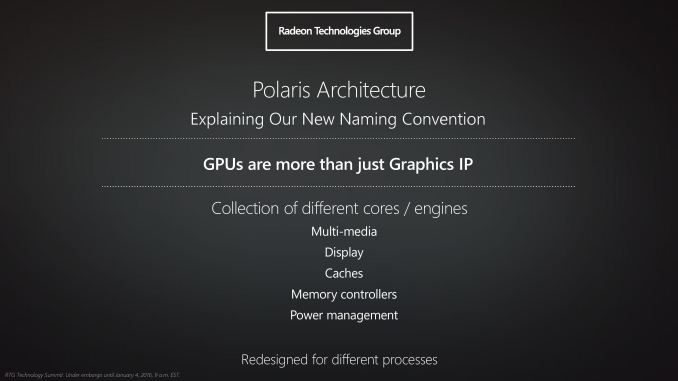
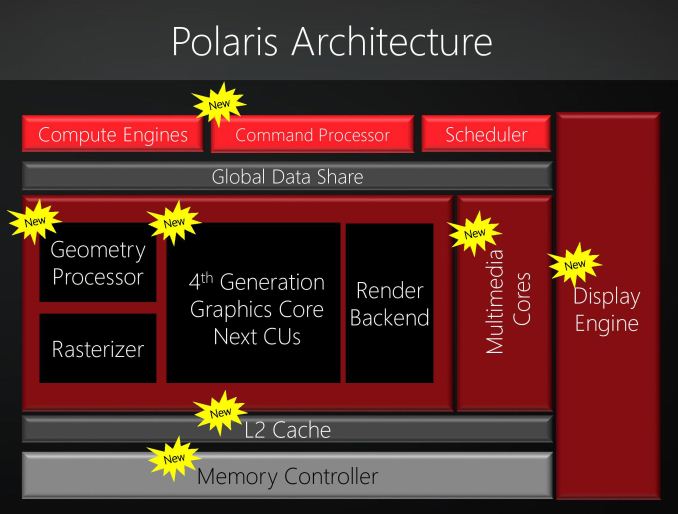
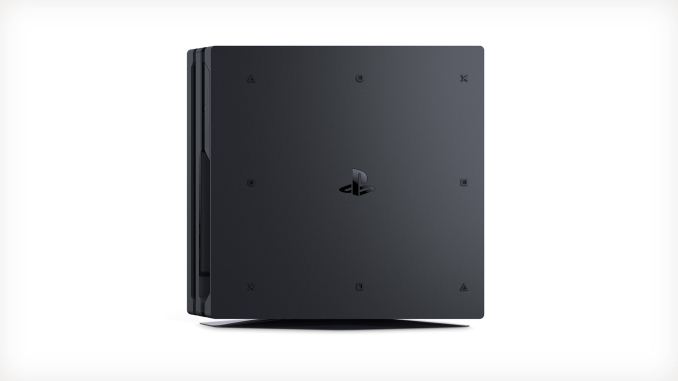
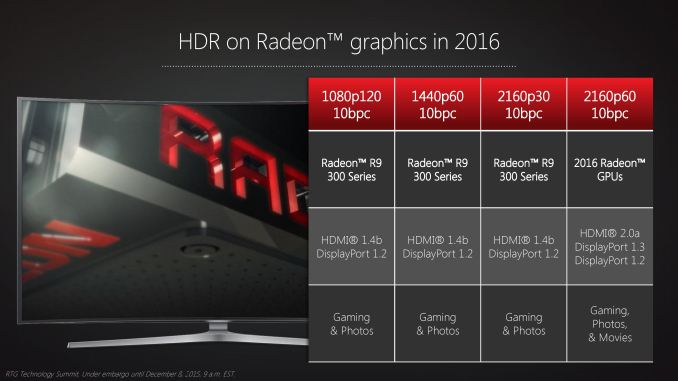
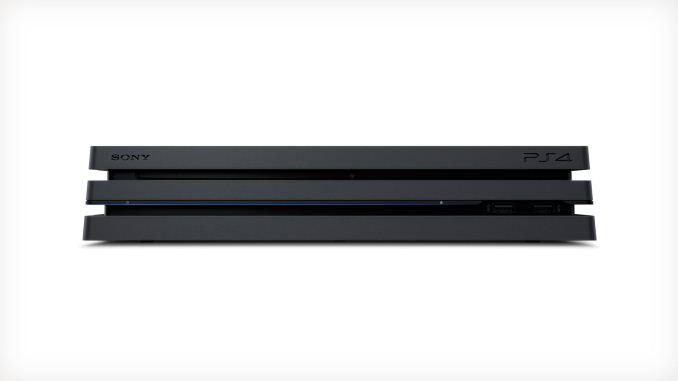








207 Comments
View All Comments
Makaveli - Thursday, September 8, 2016 - link
lol suck it up buttercup.Now that console are effectively low end PC's you can expect more of this in the future.
aliquise - Friday, September 9, 2016 - link
They are at-least mid-range PCs.Most PC gamers will not have the graphical performance of the Playstation4 Pro at launch.
Most PC gamers may not even have the graphical performance of the old Playstation 4.
Sure some do have as good or even better systems but there's plenty of laptops, Dota2, HotS, CS:GO and so on players who play what their system is capable of,
goatfajitas - Thursday, September 8, 2016 - link
How does the PS4 Pro's existence change your PS4's experience? Is it just like Morawka alluded to that you are just upset because it isnt the fastest thing out? Or do you have an actual tangible complaint about newer faster stuff?I personally thought 6 years was a horribly long cycle. by the last 3 years of it's lifespan, the PS3 was awful. XB360 as well.
aliquise - Friday, September 9, 2016 - link
You can still play Playstation 4 for 6 years if you want too.Or you could had bought a PC and upgraded when you wanted to, kinda like you will be able to do with the consoles now too but with the option at any time and for many budgets.
rarson - Friday, September 9, 2016 - link
Newsflash: all of the new software still works on your PS4. In fact, the Pro will likely keep your PS4 relevant longer than it would have been on its own. That's the ENTIRE POINT of the Pro.Also, your console expectations were absurd if you thought the PS4 hardware would have a 6-year cycle on its own. Maybe research your purchase better next time. Let me guess: you didn't pay $399 for your PS3, did you?
jjj - Thursday, September 8, 2016 - link
It will just offer a better experience, won't really hurt you.If Sony is smart they do a bundle for this one with the PS VR at 599$. They would have a year to take massive share from Xbox in markets where Microsoft is still doing ok and they would popularize VR, taking a clear lead.
Death666Angel - Thursday, September 8, 2016 - link
I don't get it. That's like feeling betrayed when you buy a GTX 960 and the GTX 1060 comes out 3 years later. You got to play those games all this time and now something more powerful comes out. As is the norm with technology. Granted, Sony could fuck it up and publish exclusively for the Pro, but that has already been denied. With current technology, it should be easy to handle the thing "PC like" and have games that run @ 60fps on the Pro and @ 30FPS on the OG console. Or have it be a 1080p /1440p split. Or a texture/FOV/draw distance thing. Currenty games are very modular and the current console generation is also very modular. So it makes sense that this PC-ization of the console market is a good thing, in my opinion. Maybe we even get custom video settings like on the PC, where we can decide between eye candy (high res/textures) and smoothnes (more frames). Maybe someone like TotalBuiscuit will start playing PS4 games. :Dcmdrdredd - Thursday, September 8, 2016 - link
At least you get a free update next week for HDR on the old models.Rezurecta - Thursday, September 8, 2016 - link
Why do you feel betrayed? You don't have to buy a PS4 Pro and all games will be compatible with both systems. This is choice and choice is good.OreoCookie - Thursday, September 8, 2016 - link
You're feeling betrayed, because hardware and games improve faster than you expected?!? Should we feel betrayed because Apple & Samsung replace their flagship phones every year with better ones? ;)